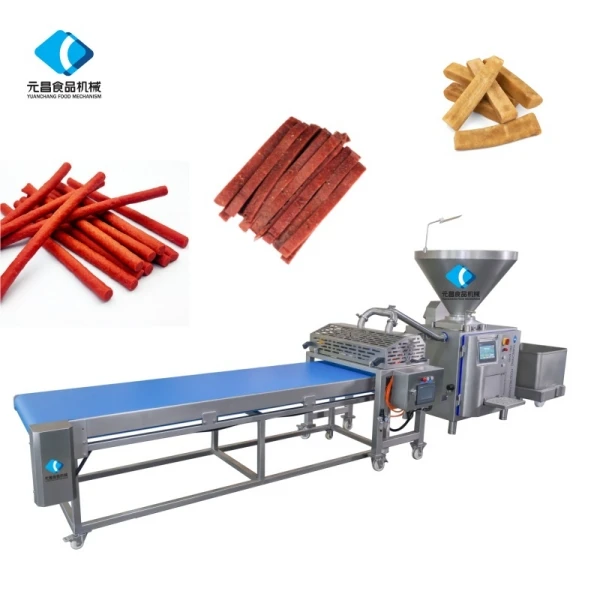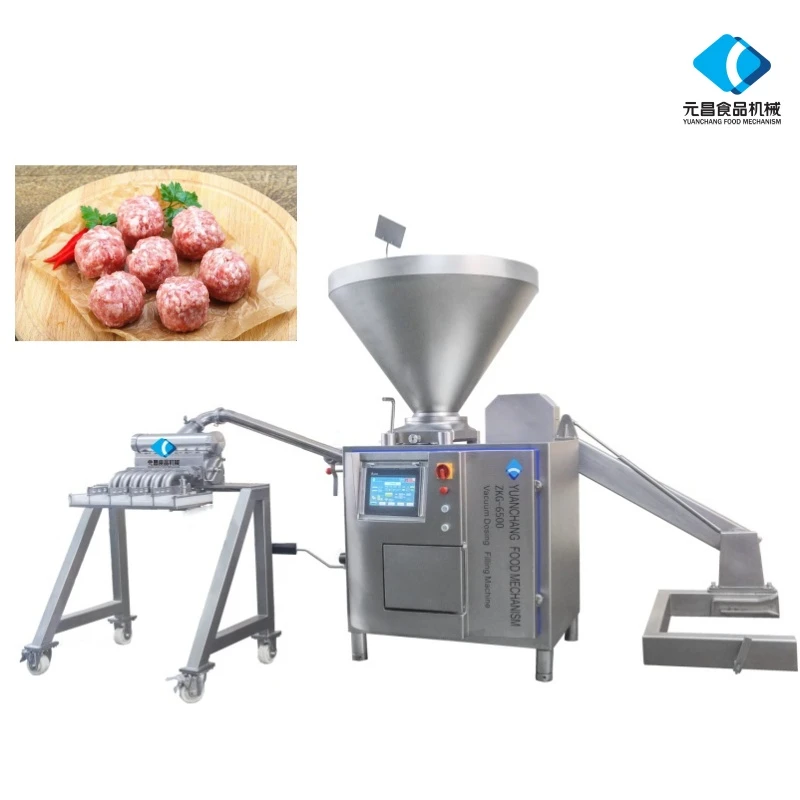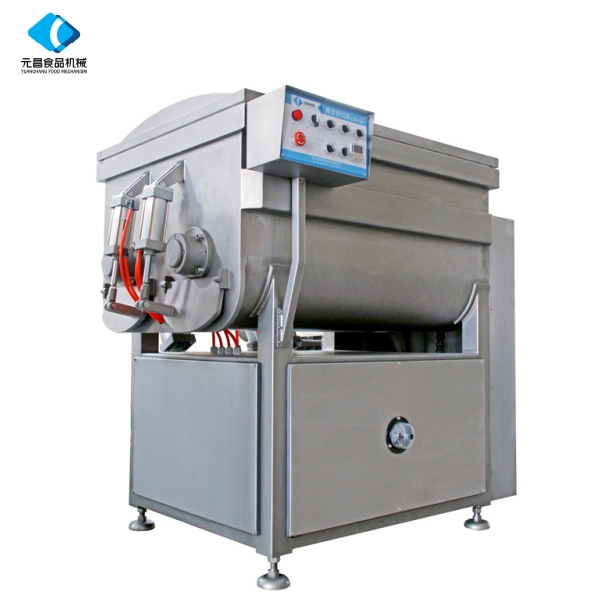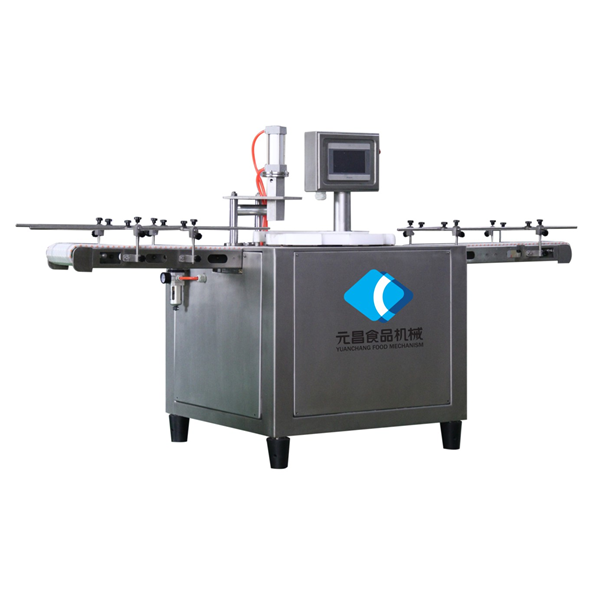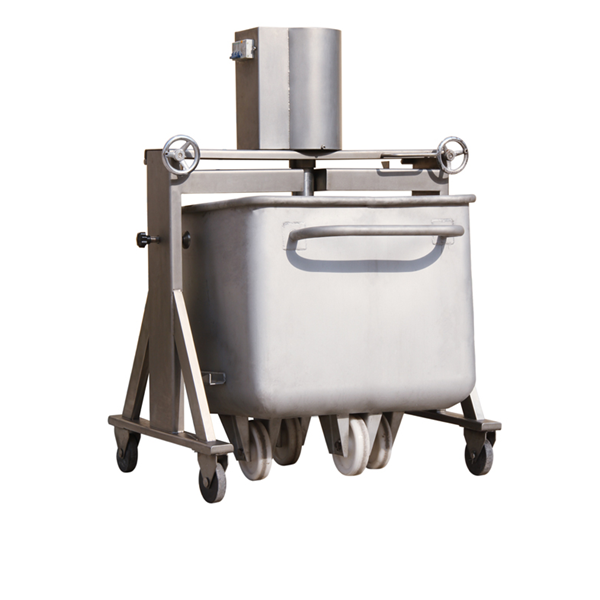Efficient Meat Cube Cutting Machine for Modern Meat Processing
What Is a Meat Cube Cutting Machine and Why It Matters
In a world where food production intersects with technology, the meat cube cutting machine symbolizes a small but vital leap. Whether you’re running a bustling meat processing plant or coordinating emergency food relief, these machines streamline the slicing and dicing of raw meat into uniform, cube-shaped portions — ensuring quality, speed, and hygiene simultaneously.
Globally, meat consumption is on the rise, supported by projections from the UN Food and Agriculture Organization indicating a 15% increase by 2030. This trend creates a pressing need for efficient handling solutions, especially as labor shortages, food safety standards, and operational costs tighten. Understanding this technology isn’t just industry jargon — it’s about meeting real-world demands with smart, durable tools.
The Global Role of Meat Cube Cutting Machines in Industry and Food Security
According to ISO standards on food processing machinery, uniformity in meat cuts contributes directly to quality control, crucial for export and retail markets. Regions like North America and Europe have seen traditional meat processors invest heavily in automated solutions, including meat cube cutting machines. Meanwhile, emerging markets in Asia and Africa increasingly adopt these tools to improve both commercial and humanitarian food operations.
For example, in post-disaster relief scenarios, NGOs rely on semi-automated cutting devices to prepare bulk rations with less manual labor and more speed. Labor costs, safety regulations, and waste reduction form a trifecta of challenges that these machines attempt to solve.
What Exactly Is a Meat Cube Cutting Machine?
Put simply, a meat cube cutting machine is specialized equipment designed to process large blocks or slabs of meat into uniform cubes for packaging or further cooking. It automates a task that otherwise requires several manual steps, combining cutting blades, conveyance systems, and sometimes computing controls to deliver precision and consistency.
It’s connected to modern food industry trends emphasizing automation and hygiene. Beyond commercial meat factories, these machines support food banks and disaster response teams, where fast, sanitary breakdown of meat is essential.
Core Components and Key Factors of a Meat Cube Cutting Machine
1. Durability and Material Quality
Most meat cube cutters are built with stainless steel to resist corrosion and withstand frequent cleaning. Durable components reduce maintenance costs and downtime — critical in busy operations.
2. Precision Cutting Mechanisms
The blade design (usually rotary or guillotine style) and powered motors ensure consistent cube size. Adjustable settings offer flexibility for different meat types, from beef to poultry.
3. Hygiene and Safety Features
Since meat processing demands high sanitation, machines often include sealed motors, easy-to-clean surfaces, and safety shields to prevent accidents.
4. Throughput and Scalability
Whether you need to process a few hundred kilograms per day or several tons, the right machine scales accordingly. Some come with modular designs for future expansion.
5. Cost Efficiency
Efficiency isn’t just about speed but minimizing meat waste and labor intensity. Machines typically show ROI within 1-3 years depending on usage.
Typical Specifications of a Meat Cube Cutting Machine
| Specification | Details |
|---|---|
| Cut Size Range | 5mm - 50mm cubes (adjustable) |
| Throughput Capacity | Up to 1000 kg/hour |
| Motor Power | 5 kW |
| Material | Food-grade stainless steel |
| Safety Features | Emergency stop, blade guards, sealed wiring |
| Dimensions (LxWxH) | 1500mm x 900mm x 1200mm |
Vendor Comparison: Meat Cube Cutting Machines in 2024
| Brand | Price Range (USD) | Capacity (kg/hr) | Maintenance | Best For |
|---|---|---|---|---|
| MeatTech Pro | $15,000 - $20,000 | Up to 1000 | Low (stainless steel parts) | Medium-scale plants |
| CubeCut Master | $22,000 - $30,000 | Up to 1500 | Moderate (motor servicing) | Large processors |
| ProSlice 4000 | $10,000 - $14,000 | Up to 700 | Low | Small processors, startups |
How Meat Cube Cutting Machines Are Used Across the Globe
The real magic happens when these machines leave the factory and roll out to meet diverse needs worldwide:
- Industrial Meat Processing: Large-scale abattoirs and packaging plants in Europe and North America utilize meat cube cutting machines to increase throughput and maintain uniformity, meeting stringent export standards.
- Food Banks & Humanitarian Agencies: Organizations in Africa and Southeast Asia rely on these machines during relief efforts. Speed and hygiene reduce spoilage and ensure safer food distribution in vulnerable communities.
- Retail & Foodservice Industry: Butchers, supermarkets, and food prep companies worldwide appreciate the consistency these machines bring, which improves customer satisfaction and reduces waste.
The Benefits and Long-Term Value of Meat Cube Cutting Machines
Frankly, the benefits extend far beyond just chopping meat. Here’s the breakdown:
- Cost Savings: Less manual labor, less waste, and faster processing shorten production cycles.
- Product Consistency & Quality: Uniform cubes enable standardized cooking times and packaging.
- Hygiene & Safety: Machines cut down contamination risks and workplace injuries.
- Sustainability: Efficient processing minimizes waste and energy consumption.
- Emotional & Social Impact: Workers feel safer with automation, and consumers trust standardized meat products for food safety.
Peeking Ahead: Future Trends and Innovations
Meat cube cutting machines aren’t stuck in the past. Engineers are integrating digital controls for precision cutting and IoT connectivity for real-time monitoring. New, tougher blade materials extend machine life, while eco-friendly production methods reduce environmental footprints.
Also, some firms experiment with energy-efficient motors and automated cleaning cycles to align with stricter food safety and sustainability standards. Keep an eye on this industry — it might not be glamorous, but it’s quietly transformative.
Challenges and Practical Solutions
The machines face occasional hurdles — heavy initial costs, complexity in maintenance, and the challenge of adapting to various meat textures. Manufacturers combat these with modular designs, user-friendly interfaces, and improved customer training programs.
Another common issue is downtime during blade replacement or cleaning, which slows production. Innovations like quick-release blade systems and CIP (Clean-in-Place) technology are helping tackle this.
FAQ: Frequently Asked Questions About Meat Cube Cutting Machines
- How do meat cube cutting machines improve food safety?
- They reduce manual handling, use food-grade materials, and often include enclosed cutting environments, minimizing contamination risks throughout processing.
- What maintenance is involved to keep these machines running?
- Regular blade sharpening or replacement, motor checks, and sanitation after each cycle are typical. Many models feature easy-access parts for simpler upkeep.
- Can the cube size be adjusted?
- Yes, most machines allow users to tailor cube dimensions, from small 5mm dice up to larger 50mm chunks, depending on product needs.
- Are these machines energy efficient?
- Modern models often optimize motor power and can include standby modes to cut energy use when idle.
- Is it possible to integrate these machines into existing production lines?
- Absolutely, many machines are designed with modularity for easy integration alongside conveyors, packaging equipment, and sensors.
Wrapping Up: Why Invest in a Meat Cube Cutting Machine?
Whether for a bustling meat plant or a food relief center, a meat cube cutting machine offers a potent combination of speed, precision, and hygiene. It’s a small machine with big benefits — saving time, cutting costs, and raising food quality standards.
If you want to stay ahead in meat processing technology, seriously consider adding one to your operation.
Visit our website anytime: https://www.ycmeatmech.com
References:
-
Discover the Benefits of Vacuum Marinating Machines for Efficient Food ProcessingNewsNov.24,2025
-
The Ultimate Guide to Commercial Chicken Scalders: Efficiency, Sustainability & InnovationNewsNov.23,2025
-
Chicken Harvesting Equipment: Efficient & Humane Solutions for Poultry ProducersNewsNov.22,2025
-
Comprehensive Guide to Meat Processing Plant Equipment | Efficiency, Safety & SustainabilityNewsNov.21,2025
-
Meat Processing Bins: Durable Solutions for Safe & Efficient Meat Handling WorldwideNewsNov.20,2025
-
Best Commercial Marinating Machines for Meat Processing | Efficient & ScalableNewsNov.20,2025





